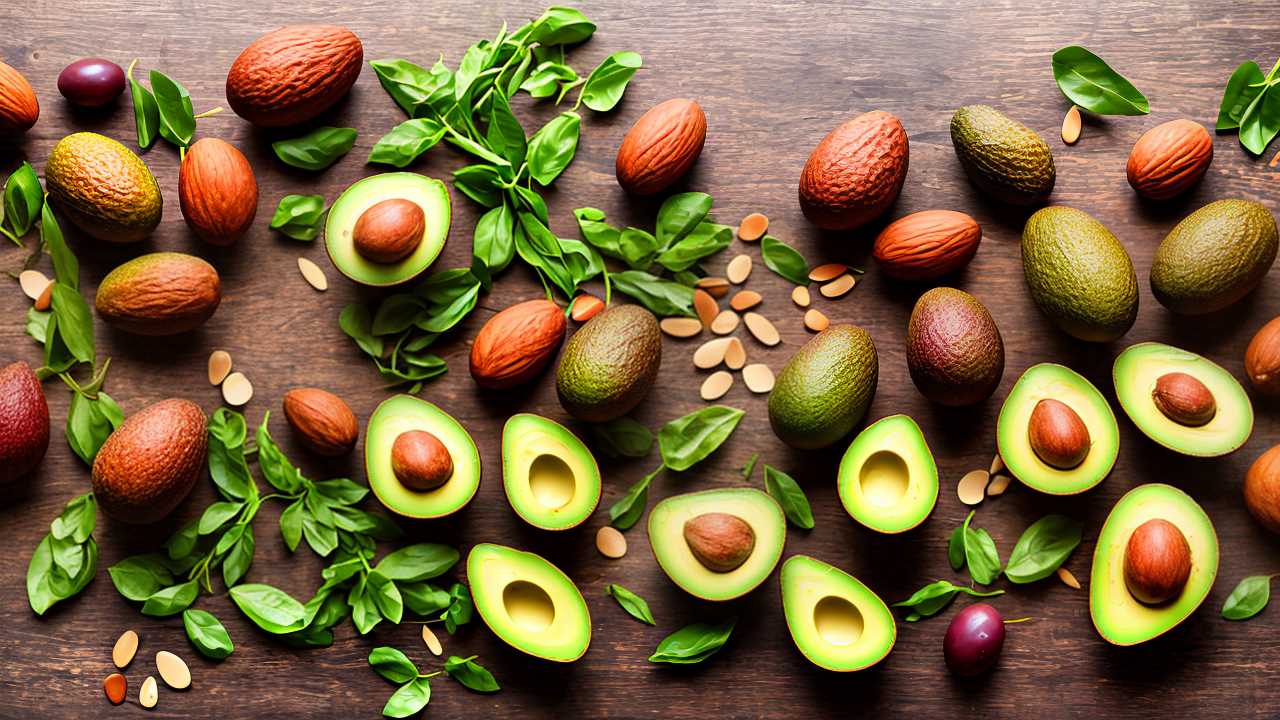
What Foods Are Completely Keto?
Did you know that nearly 30% of adults in the U.S. have tried a ketogenic diet at some point? If you're considering joining this group, you might be wondering which foods align perfectly with keto principles. It's crucial to identify options that not only adhere to low-carb guidelines but also provide the necessary nutrients your body needs. From dairy to proteins and healthy fats, the choices can be more diverse than you think. What exactly makes a food completely keto-friendly?
Understanding the Keto Diet
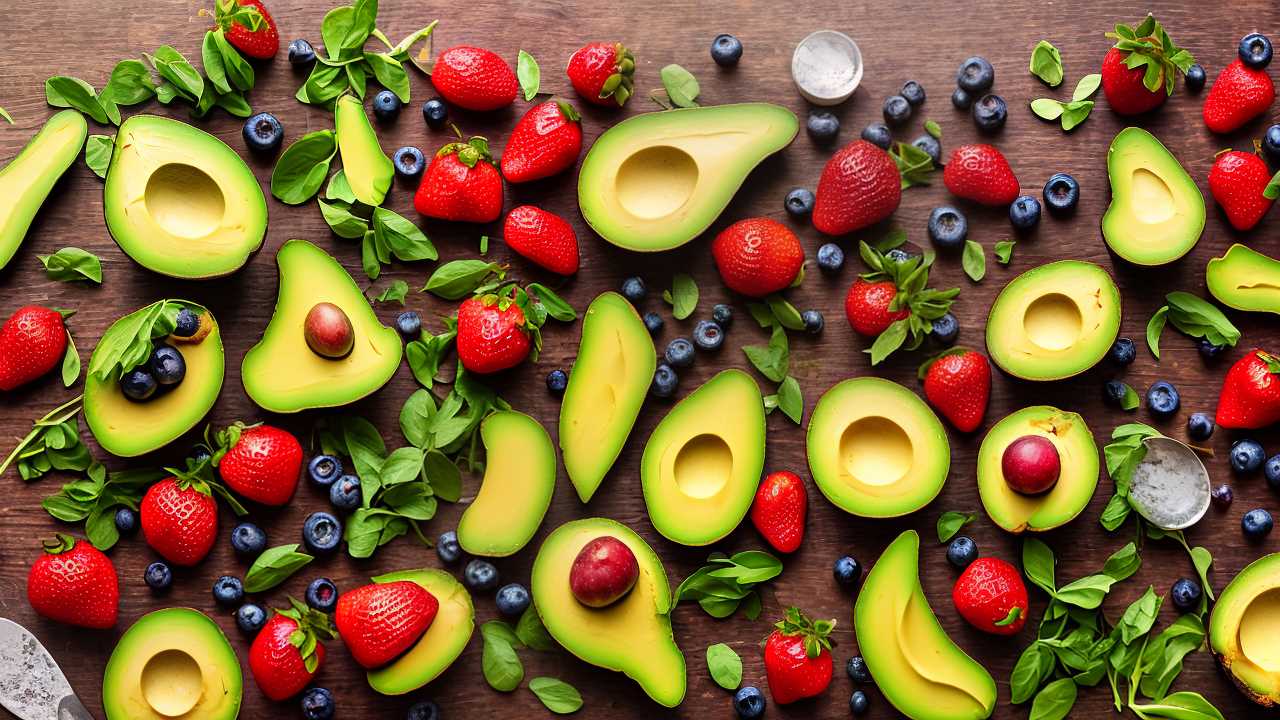
Understanding the keto diet involves grasping its core principle: significantly reducing carbohydrate intake while increasing fats. This shift in macronutrient ratios helps your body enter a state called ketosis, where it burns fat for energy instead of carbs.
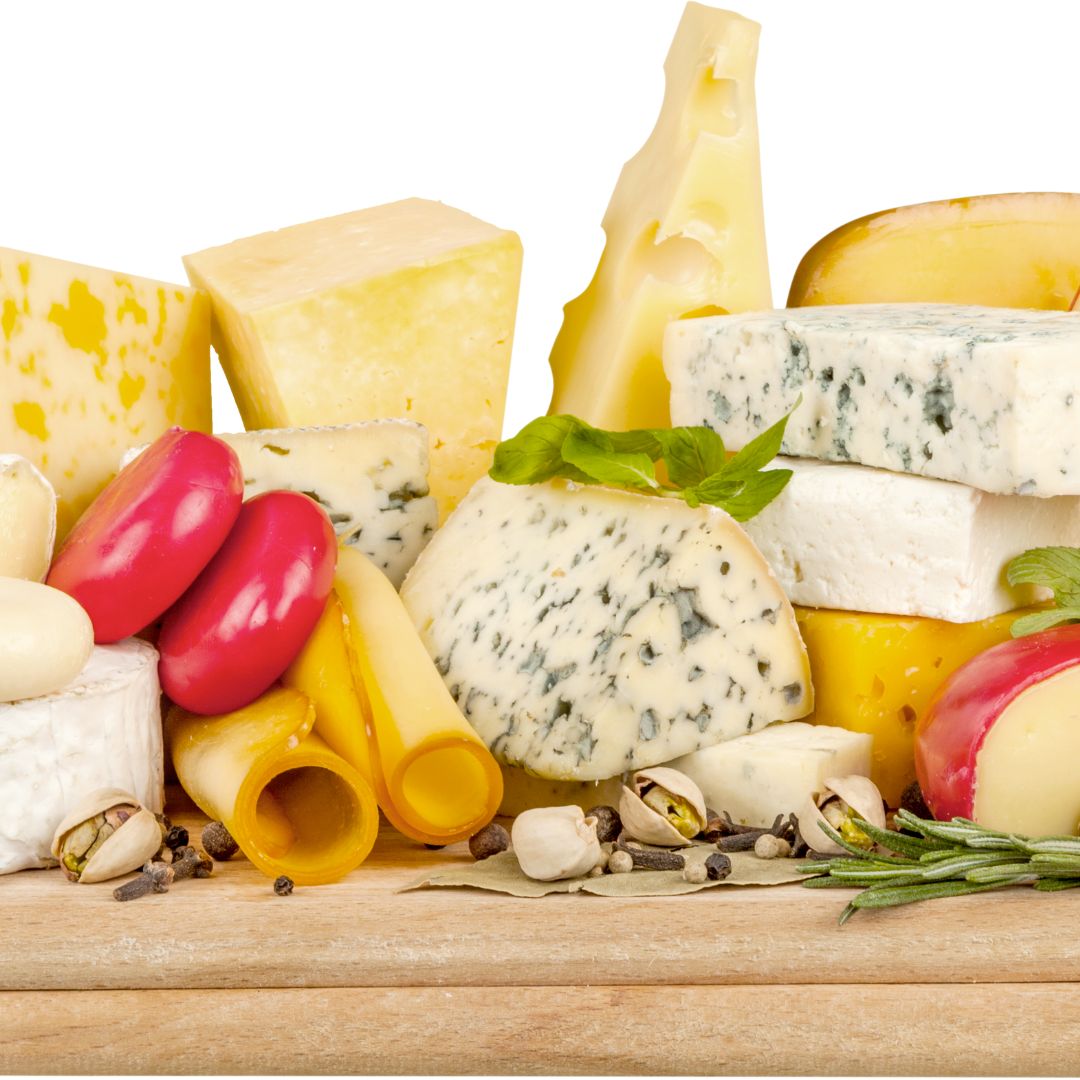
Many people pursue the keto diet for its potential benefits, which include weight loss, improved mental clarity, and increased energy levels. Incorporating keto snack recipes can help maintain this dietary lifestyle by providing delicious options that align with keto principles.
However, it's essential to navigate the common misconceptions surrounding this diet. For instance, some believe that eating a high-fat diet will lead to health issues, but research shows that healthy fats can actually support heart health when consumed correctly.
Others worry about nutrient deficiencies, but with careful planning, you can ensure you're getting the vitamins and minerals your body needs.
Vegetables Low in Carbs
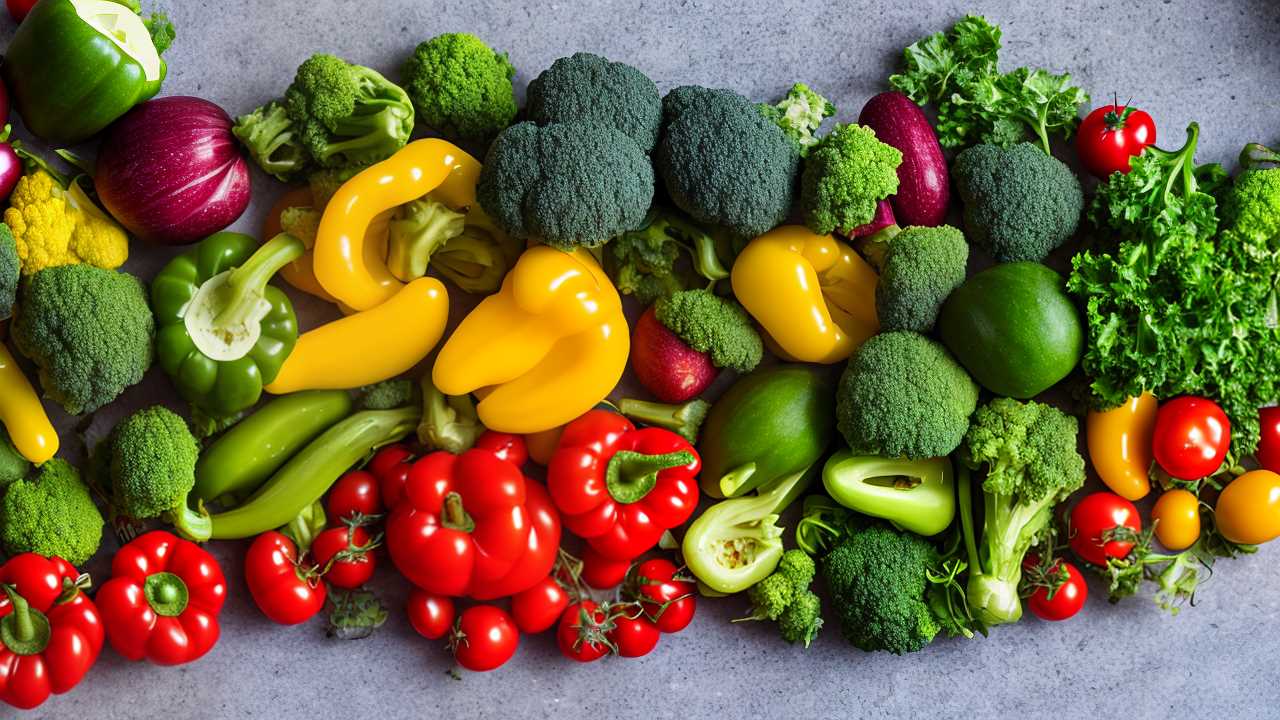
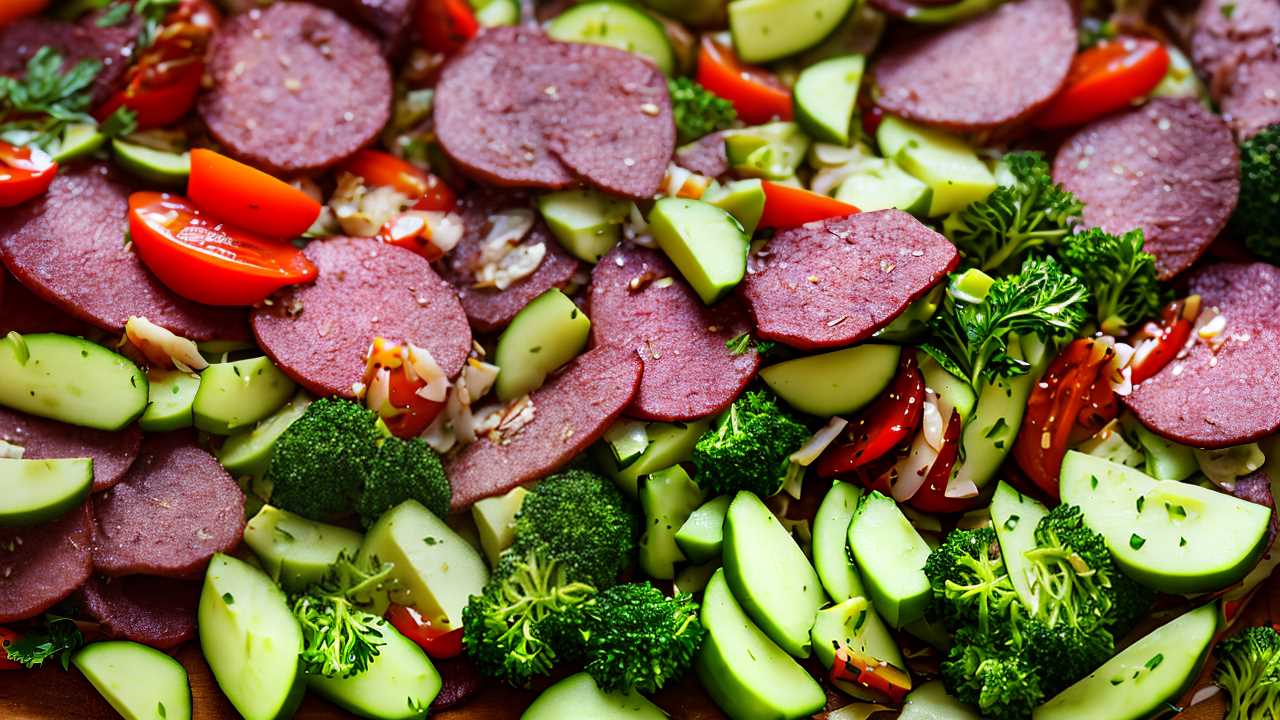
When following a keto diet, it's crucial to incorporate vegetables that are low in carbs while still providing essential nutrients.
You'll find that options like spinach, zucchini, and cauliflower not only fit the bill but also offer various cooking methods to enhance their flavor.
For example, crispy kale chips and flavorful zucchini chips can be great alternatives to traditional snacks.
Understanding the best choices and preparation techniques can help you maximize your meals without exceeding your carb limit.
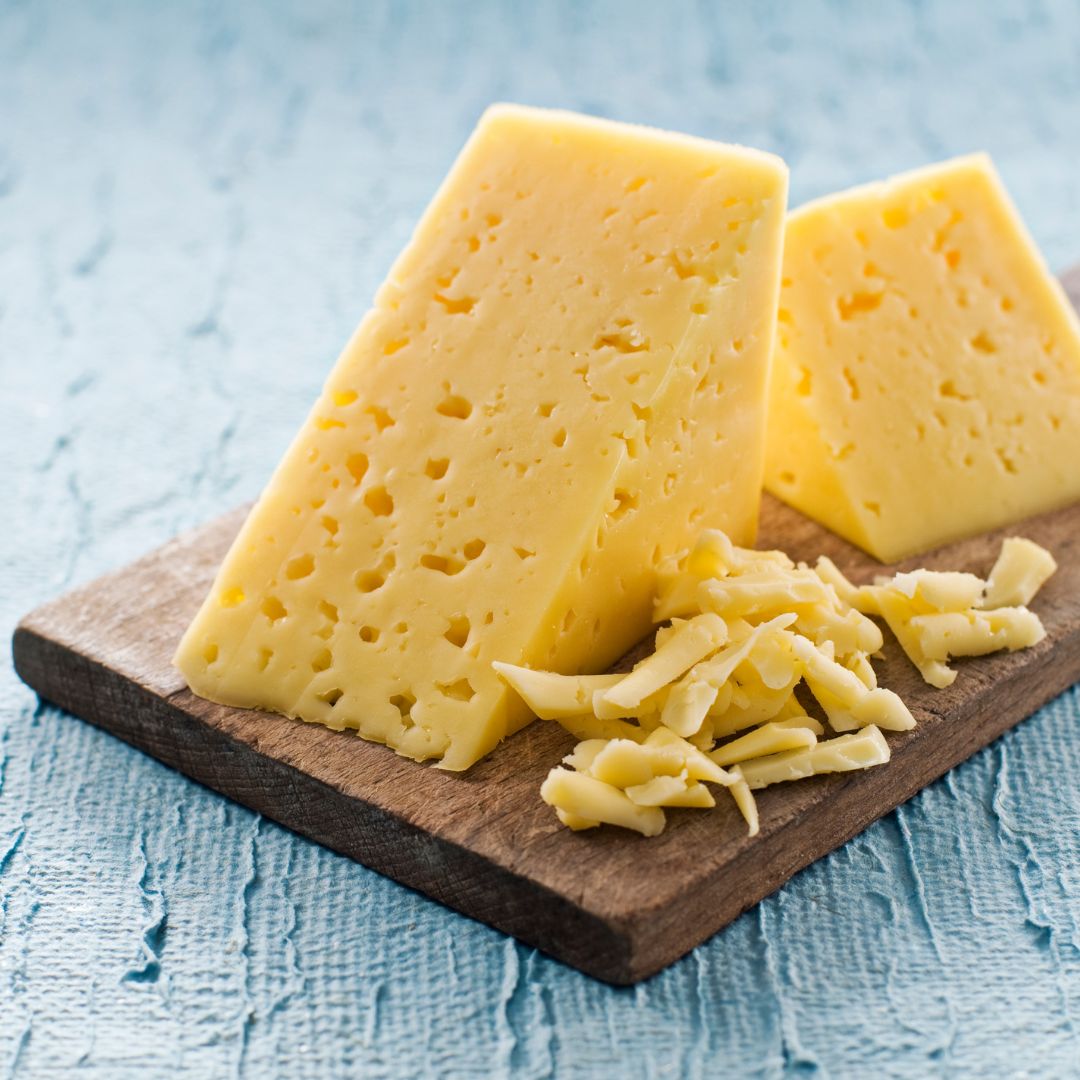
Best Low-Carb Vegetables
Incorporating low-carb vegetables into your diet is a smart way to maintain ketosis while enjoying a variety of flavors and textures. You'll find that many keto vegetable varieties aren't only low in carbs but also packed with essential nutrients. Spinach, kale, and arugula are excellent leafy greens that add volume and nutrients to your meals without spiking your carb intake.
Broccoli and cauliflower are versatile options that can be used in various dishes, from stir-fries to creamy soups. Zucchini, another popular choice, can easily replace high-carb pasta in your favorite recipes.
Don't forget about seasonal low-carb options like asparagus in the spring or Brussels sprouts in the fall, which can elevate your dishes with fresh, vibrant flavors.
When you're mindful of your carb consumption, these vegetables can make satisfying additions to your plate. They not only support your keto lifestyle but also keep meals exciting.
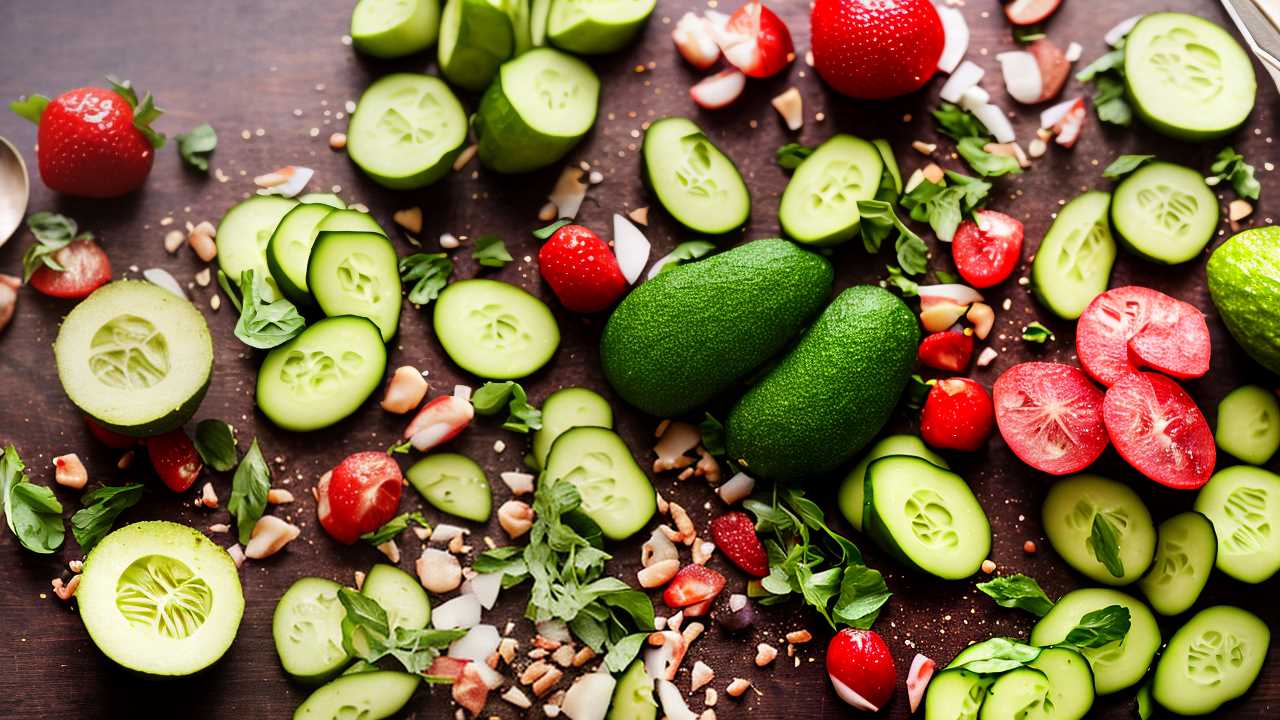
Nutrient-Dense Options
Low-carb vegetables not only add flavor and texture to your meals but also come packed with nutrients that support your overall health. These keto nutrient sources are crucial for maintaining a balanced diet while you're on your keto journey. By focusing on nutrient-dense options, you enhance your meals and boost your nutrient absorption strategies.
Here's a quick reference table to guide you on the best low-carb vegetables:
| Vegetable |
Net Carbs (per 100g) |
Key Nutrients |
| Spinach |
1.4g |
Vitamin K, Magnesium |
| Kale |
4.4g |
Vitamins A, C, Calcium |
| Zucchini |
2.1g |
Vitamin C, Potassium |
| Cauliflower |
3g |
Vitamin C, Fiber |
| Broccoli |
4g |
Vitamins C, K, Folate |
Incorporating these vegetables into your meals not only keeps your carb count low but also provides essential vitamins and minerals. By prioritizing these nutrient-dense options, you'll optimize your health while enjoying delicious meals. Remember, a well-rounded approach to your keto diet can significantly enhance your overall well-being.
Cooking Methods Explained
Mastering the right cooking methods can elevate your enjoyment of low-carb vegetables while preserving their nutritional value. When you think about meal prep, consider techniques like steaming, sautéing, and roasting. These methods help retain the vibrant colors and essential nutrients in vegetables such as spinach, zucchini, and broccoli.
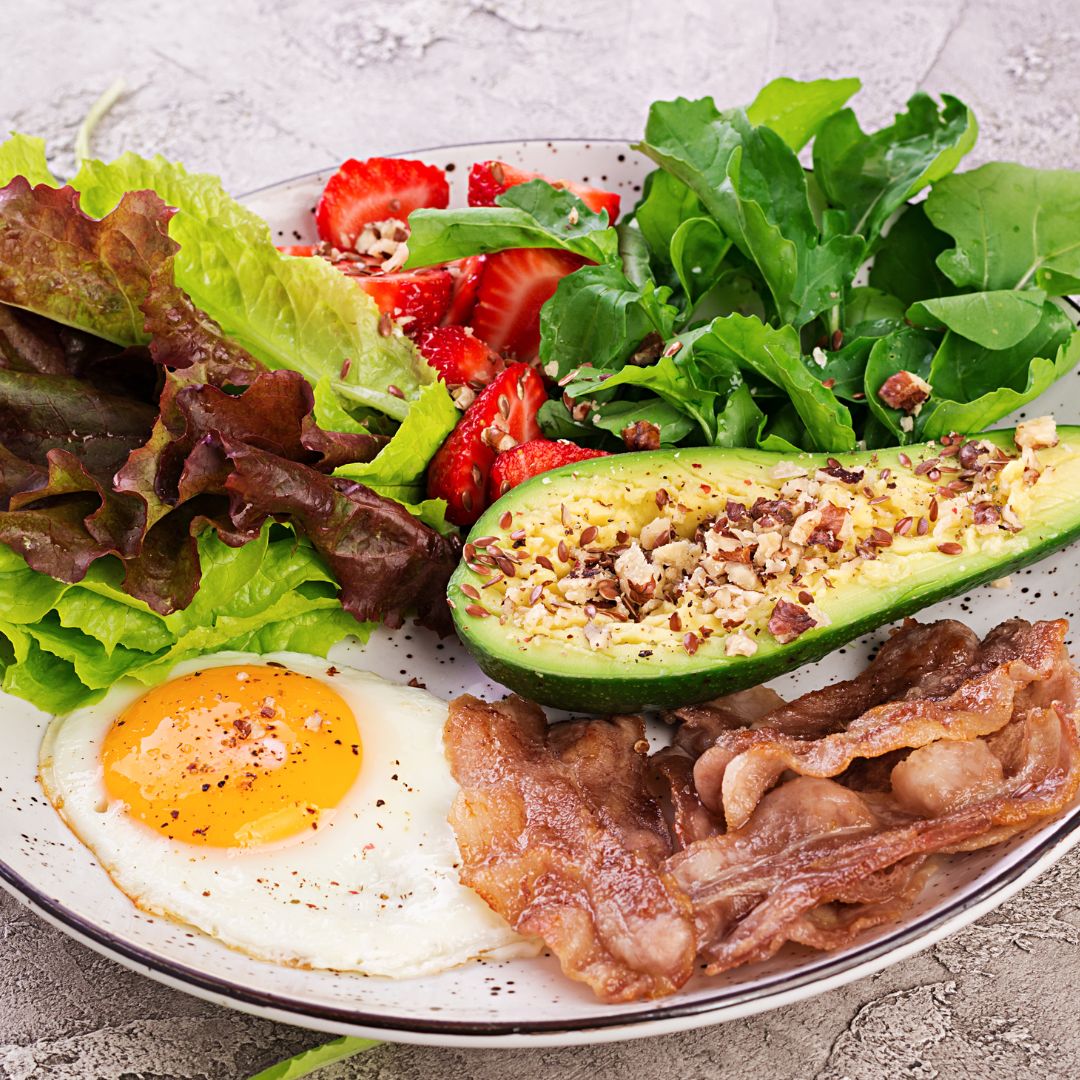
Steaming is a fantastic technique that cooks veggies quickly without losing their water-soluble vitamins. Just a few minutes in a steamer basket can enhance their natural flavors while keeping them crisp.
Sautéing in a healthy fat, like olive oil or coconut oil, adds depth while ensuring you don't overcook them. This method also allows you to incorporate herbs and spices for added flavor.
Roasting brings out the sweetness in low-carb veggies, making them irresistible. Toss your favorites with a bit of oil and seasoning, then roast them until they're tender and caramelized.
High-Fat Dairy Options

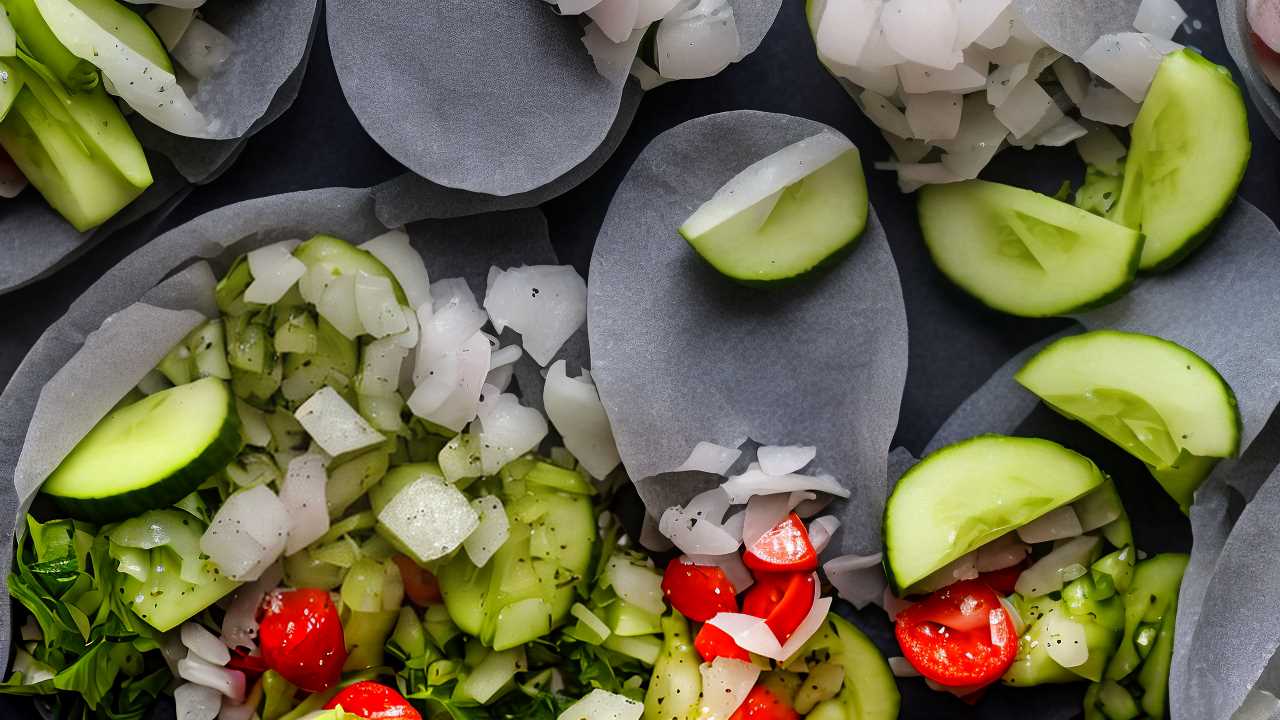
Many people on a ketogenic diet find themselves drawn to high-fat dairy options for their rich flavors and satisfying textures. These foods can play a significant role in meeting your fat intake while adding depth to your meals.
When it comes to cheese varieties, consider opting for hard cheeses like cheddar or parmesan, which are lower in carbs and high in fat. Additionally, premium gourmet options like CheeseButta® varieties can provide unique flavors and enhance your culinary experience.
Cream options such as heavy whipping cream can enhance both coffee and recipes, providing a deliciously decadent touch.
Butter choices, especially grass-fed varieties, are a fantastic source of healthy fats and can elevate the taste of any dish.
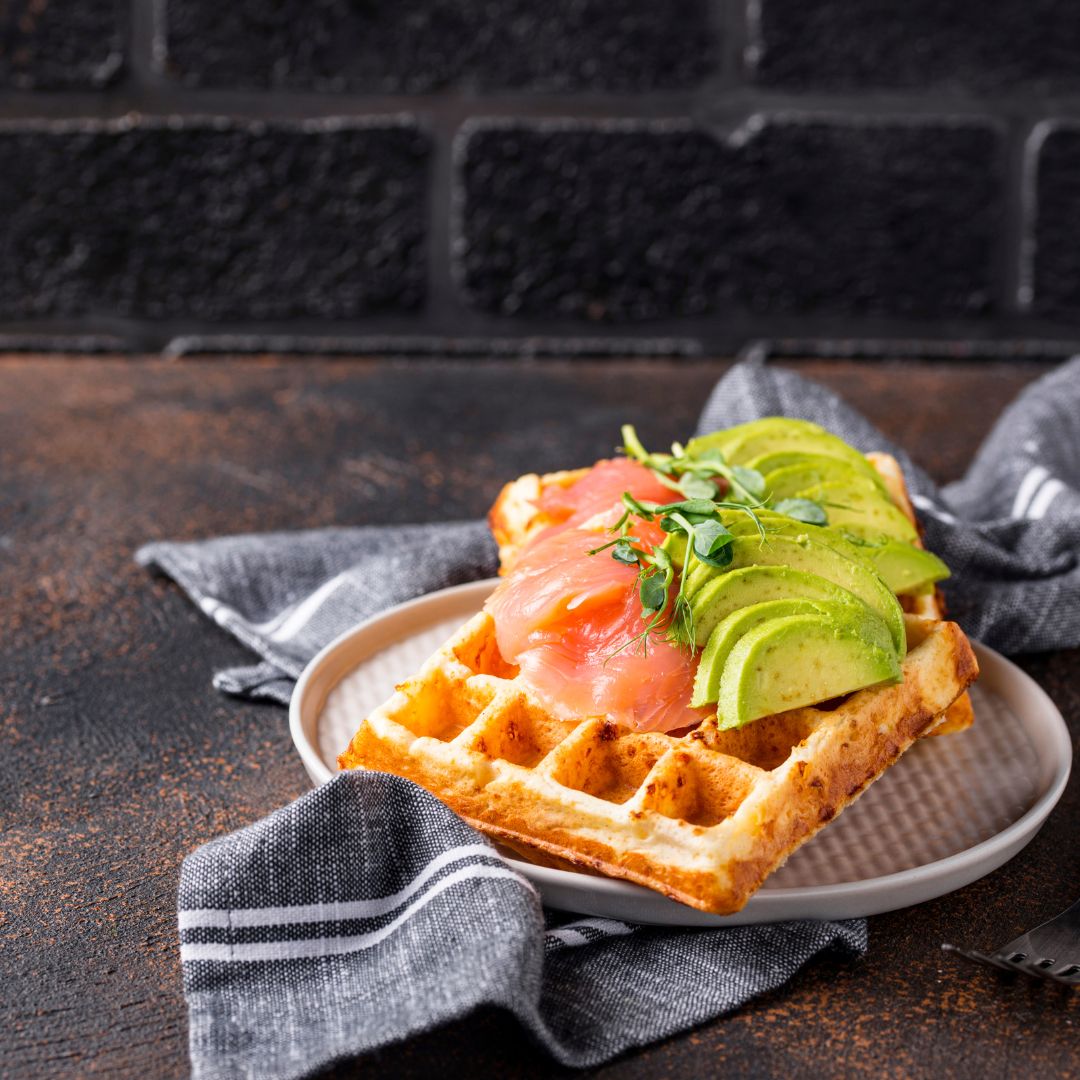
For those who enjoy yogurt types, look for full-fat, unsweetened Greek yogurt, which offers probiotics and a creamy consistency without the added sugars found in many commercial brands. Sour cream is another excellent addition, perfect for dips or as a topping for your favorite keto dishes.
If you're looking for dairy substitutes, options like coconut cream can be a great alternative, offering similar textures and flavors.
Incorporating these high-fat dairy options can make your keto journey both enjoyable and delicious.
Protein Sources for Keto
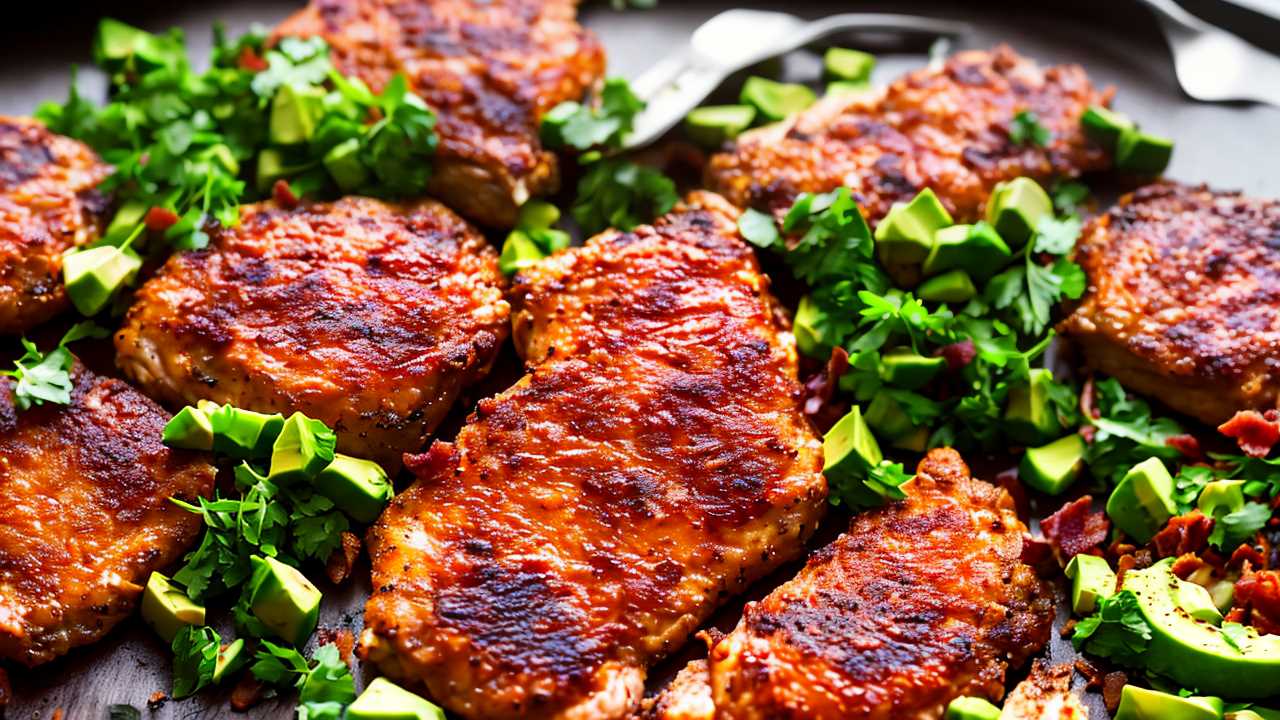

When following a keto diet, choosing the right protein sources is essential for maintaining your macronutrient balance.
Meat and poultry options like beef, chicken, and pork offer high-quality protein while keeping carbs low.
Additionally, seafood selections, such as salmon and shrimp, provide healthy fats and essential nutrients to support your keto journey.
Meat and Poultry Options
In the world of ketogenic diets, selecting the right meat and poultry options is crucial for maintaining your desired macronutrient balance. You want to focus on high-quality sources, as they can significantly impact your health and keto journey. Here's a handy table to guide your choices:
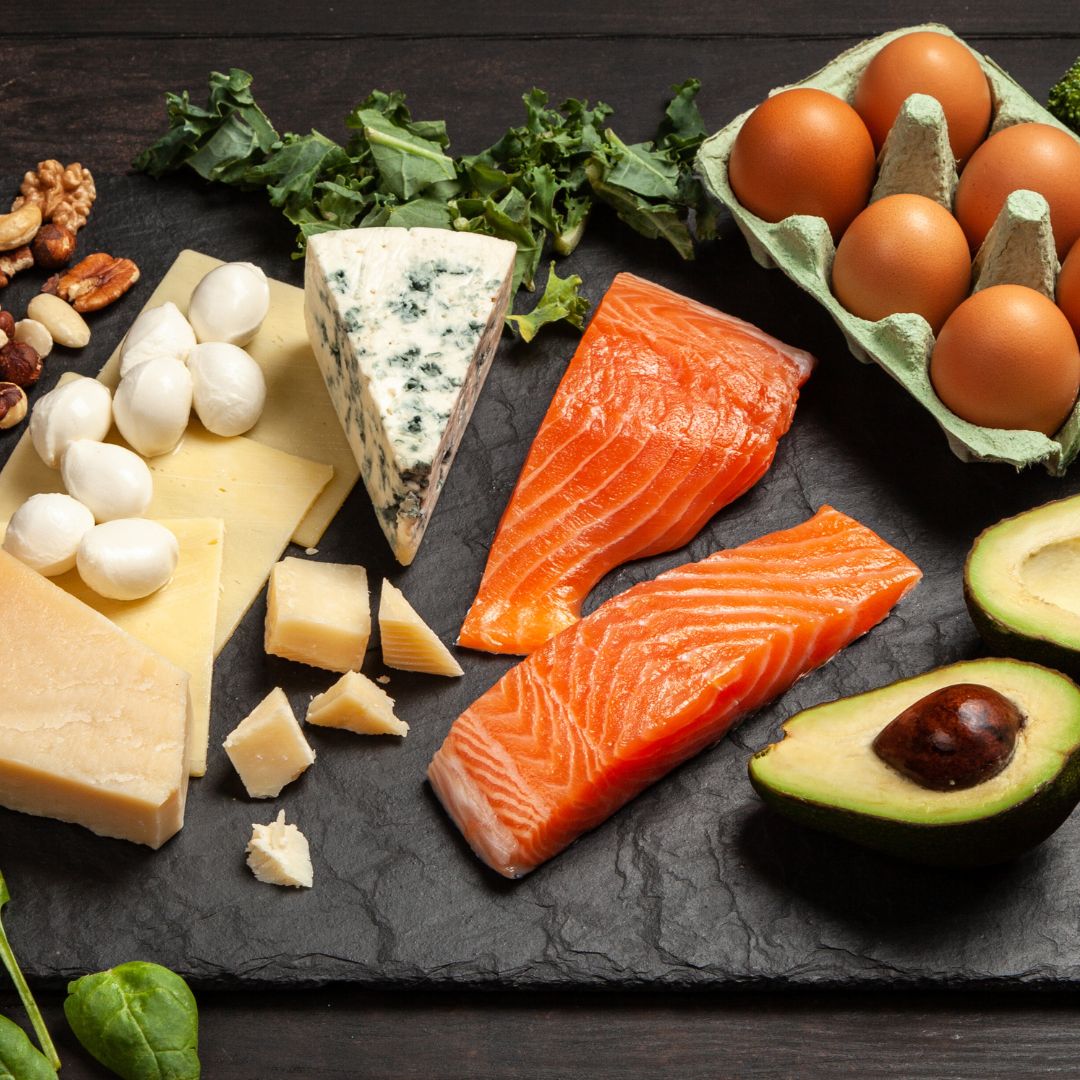
| Protein Source |
Description |
| Grass Fed Beef |
Rich in omega-3 fatty acids |
| Organic Chicken |
Free from antibiotics and hormones |
| Pasture Raised Pork |
Higher in vitamins and healthier fats |
| Hormone Free Turkey |
Lean protein without added hormones |
Incorporating wild caught fish and game meats can elevate your meals while keeping them keto-friendly. Cured meats like salami or prosciutto make excellent snacks, and don't overlook the benefits of bone broth, which offers collagen and nutrients. Opt for lean cuts when possible, and remember that poultry skins can add healthy fats to your diet. By prioritizing these options, you ensure that your protein sources align perfectly with your ketogenic lifestyle, making your journey more enjoyable and effective. Enjoy the process and the delicious meals that come along with it!
Seafood Selections for Keto
Expanding your protein sources to include seafood can greatly enhance your ketogenic diet while providing a wealth of nutrients. Seafood is low in carbs and rich in omega-3 fatty acids, which are beneficial for heart health.
Popular seafood types for your keto meal plan include salmon, mackerel, sardines, and shrimp. These options not only boost your protein intake but also add essential vitamins and minerals.
When it comes to cooking techniques, grilling, baking, or steaming seafood can help maintain its nutritional value while fitting perfectly into your keto lifestyle. For example, grilled salmon with a side of sautéed spinach makes for a delicious and satisfying meal.
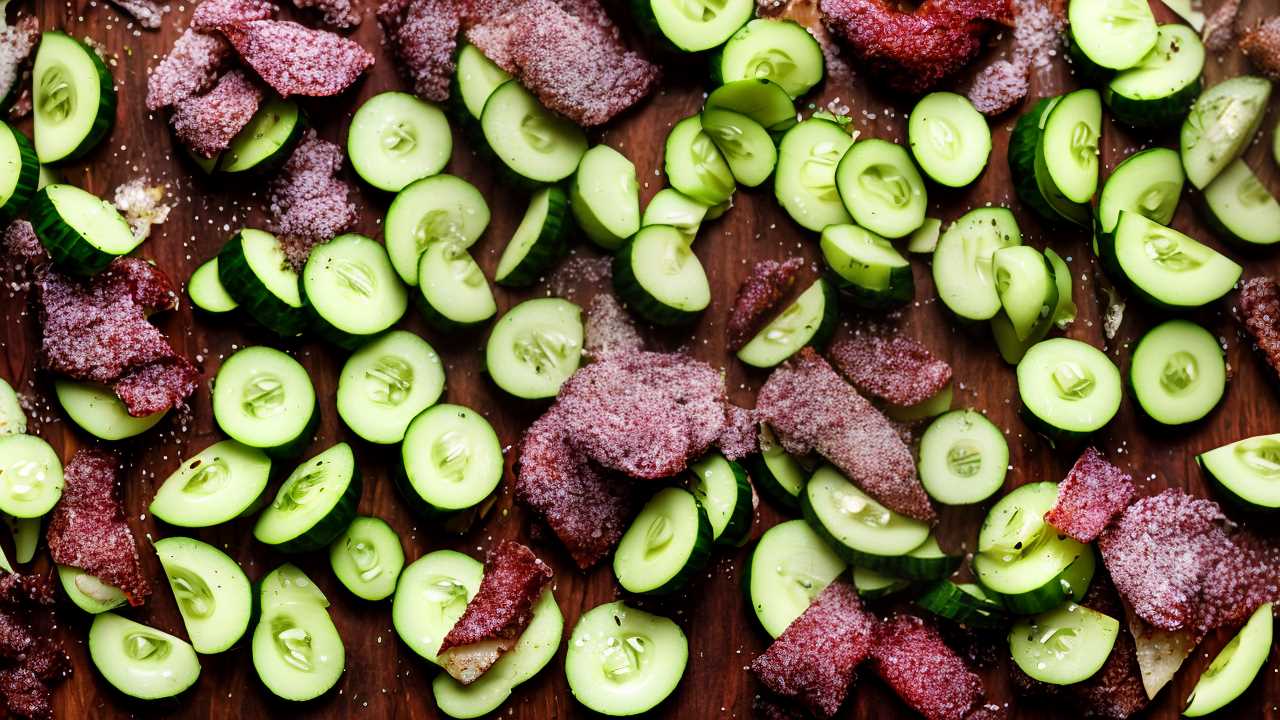
You can also prepare shrimp stir-fried with low-carb vegetables for a quick and flavorful dish.
Moreover, incorporating seafood into your diet can introduce variety, preventing meal fatigue. It's a great way to keep your taste buds excited while sticking to your keto goals.
Nuts and Seeds Choices
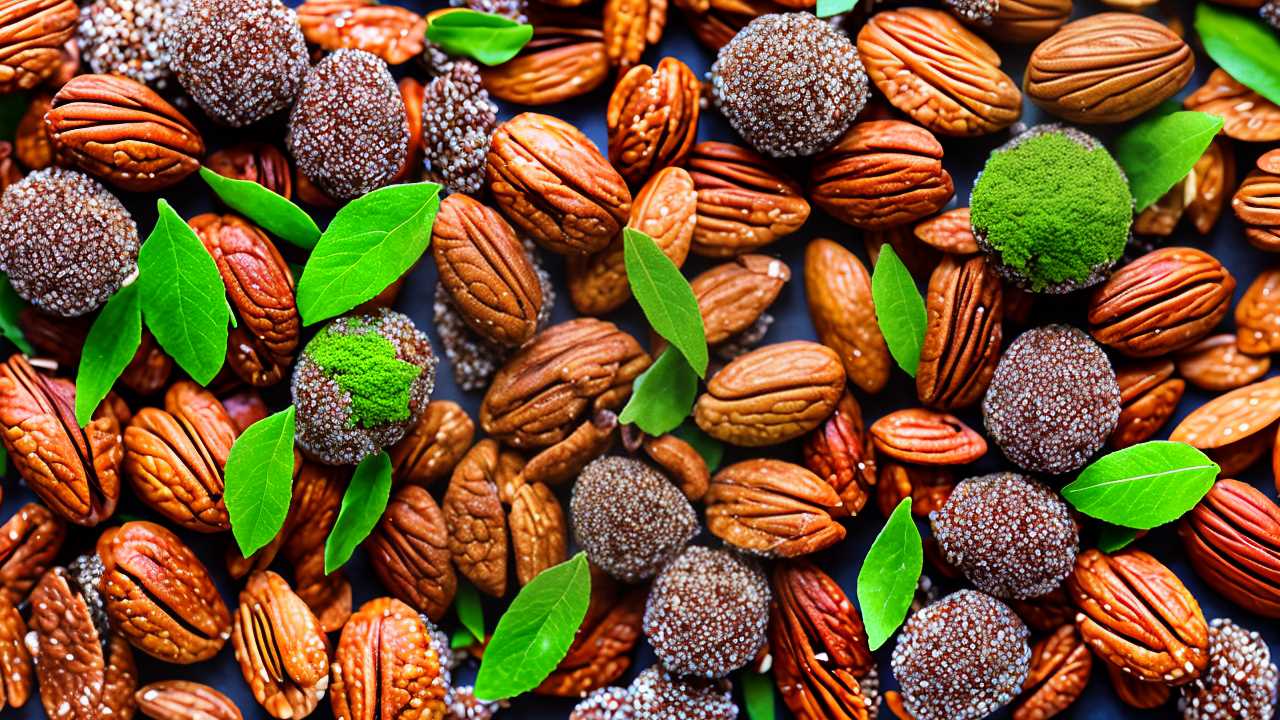
A variety of nuts and seeds can play a crucial role in your keto diet, providing healthy fats, protein, and essential nutrients. Including different nut varieties and seeds in your meals not only adds flavor but also enhances your overall nutrient intake.

Here are some great choices to consider:
- Almonds: High in vitamin E and magnesium, almonds are a perfect snack that promotes heart health.
- Walnuts: Rich in omega-3 fatty acids, walnuts can help reduce inflammation and support brain health.
- Chia seeds: These tiny powerhouses are packed with fiber and antioxidants, promoting digestive health while keeping you feeling full.
- Pumpkin seeds: Loaded with magnesium and zinc, pumpkin seeds offer substantial seed benefits, including immune support.
Incorporating these nuts and seeds into your diet can help you maintain ketosis while enjoying delicious snacks and meals.
Just remember to keep portion sizes reasonable, as nuts can be calorie-dense. By thoughtfully selecting nut varieties and seeds, you're not only making your keto journey enjoyable but also nourishing your body in the process.
Healthy Fats to Include

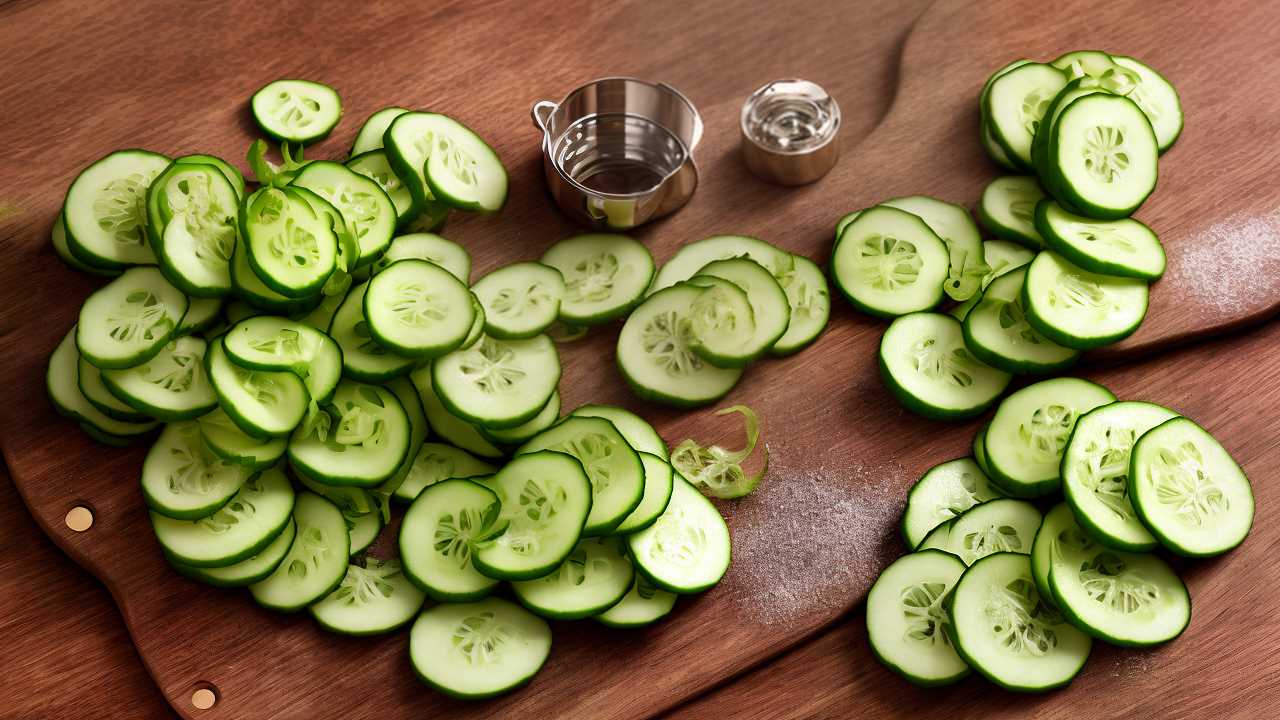
Healthy fats are a central component of the keto diet, serving as the primary source of energy while helping you stay in ketosis. Including healthy fats in your meals is crucial for maintaining optimal health and supporting weight loss.
Avocados, for example, are packed with monounsaturated fats and provide numerous avocado benefits, such as improved heart health and better digestion. They're versatile, too—enjoy them in salads, smoothies, or simply sliced with a sprinkle of salt.
Extra virgin olive oil is another excellent choice. Rich in antioxidants and healthy fats, it not only enhances the flavor of your dishes but also supports anti-inflammatory processes in the body. Drizzle it over vegetables or use it as a base for homemade salad dressings to boost both taste and nutritional value.
Don't forget about coconut oil, which contains medium-chain triglycerides (MCTs) that can enhance energy levels and promote fat burning.
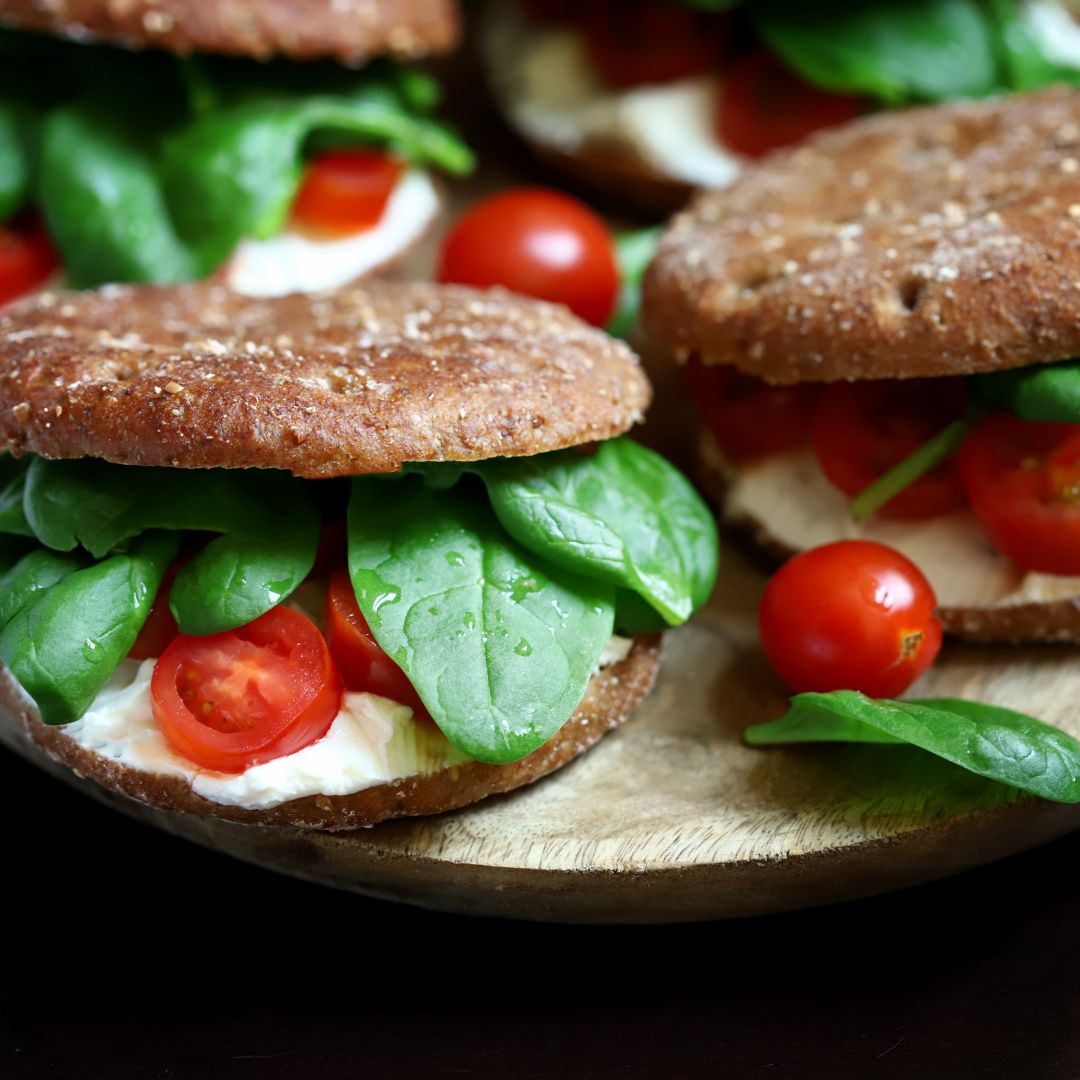
Incorporating these healthy fats into your diet can help you feel satisfied and energized while ensuring you stay within your keto guidelines. Embrace these options, and you'll likely find your meals both nourishing and enjoyable.
Keto-Friendly Condiments
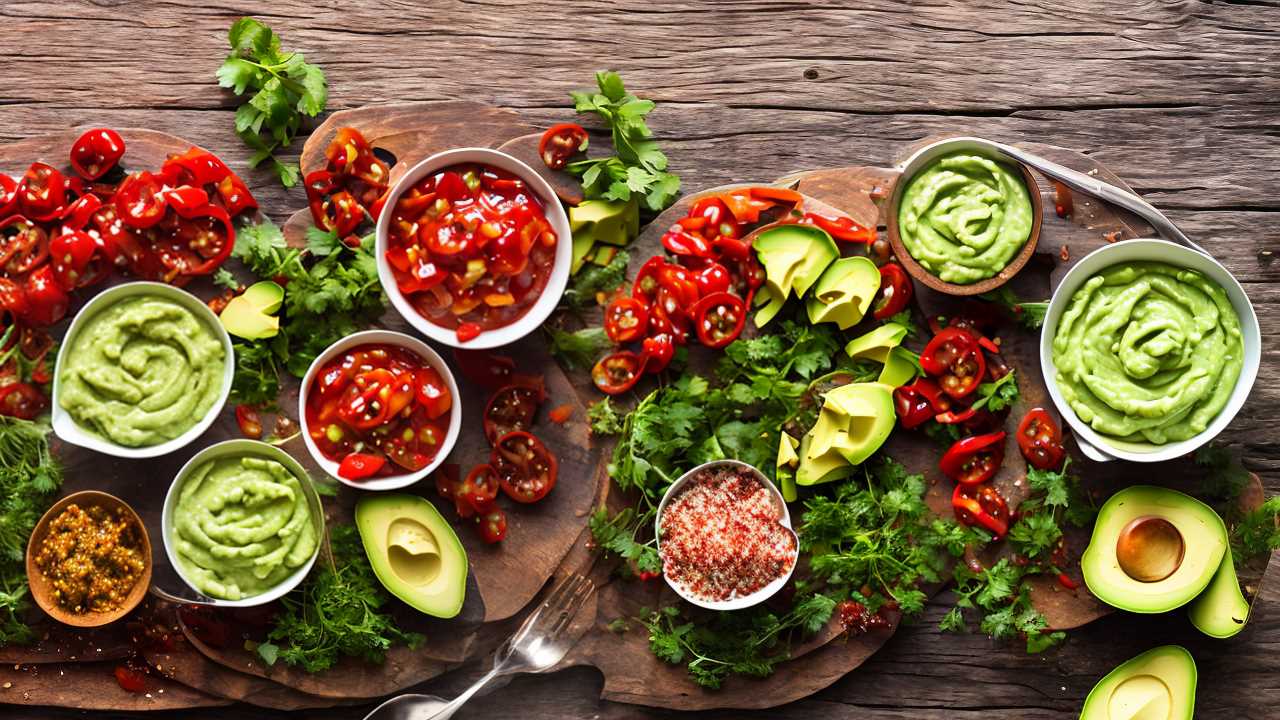
When you're following a keto diet, choosing the right condiments can significantly enhance your meals without derailing your carbohydrate intake. Many traditional condiments contain hidden sugars and carbs, but there are plenty of keto-friendly alternatives that you can enjoy.
Consider incorporating the following options into your meals:

- Keto sauces: Look for tomato sauces and barbecue sauces made without added sugars.
- Sugar substitutes: Use erythritol or stevia in your recipes for sweetening without the carbs.
- Marinades options: Opt for homemade marinades using olive oil, vinegar, and herbs to flavor your proteins.
- Dressing choices: Creamy dressings made with mayonnaise or sour cream can be great low-carb options.
Additionally, spice blends can elevate your dishes, adding depth and flavor without the extra carbs.
Just be sure to check labels for any hidden sugars. By carefully selecting your condiments, you'll not only keep your meals exciting but also stay aligned with your keto goals.
Enjoy experimenting with these keto-friendly choices to find the perfect pairing for your favorite dishes!
Low-Carb Snacks
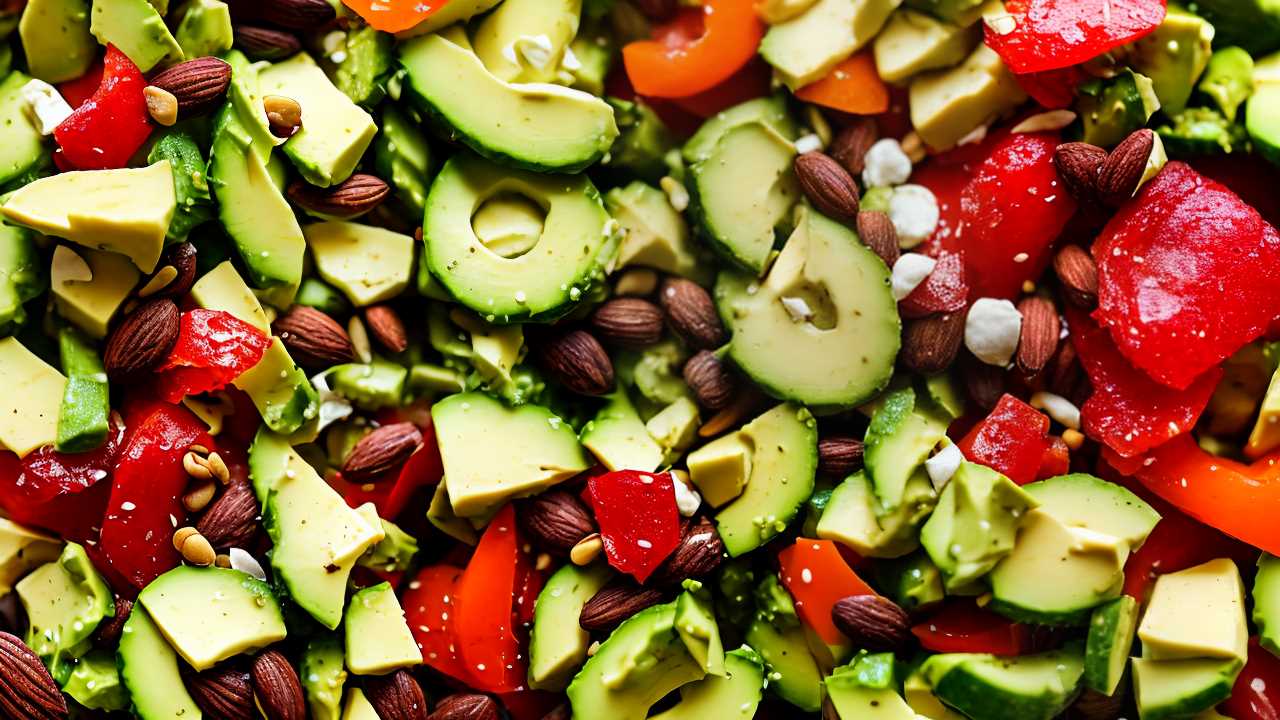
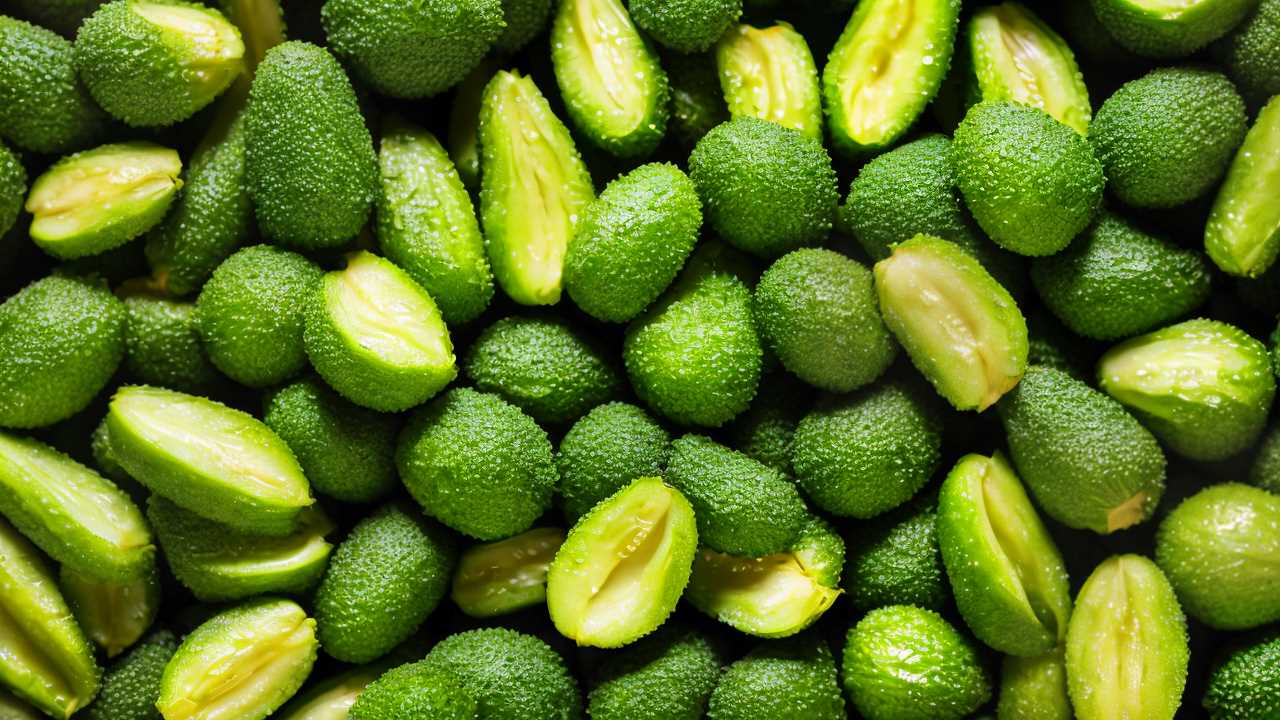
Snacking often poses a challenge on a keto diet, as many popular options are high in carbohydrates. However, you can enjoy satisfying low-carb snacks without derailing your progress. Here are some quick low-carb keto snack ideas that fit seamlessly into your daily routine.
| Snack Idea |
Carbs (g) per Serving |
Protein (g) per Serving |
| Cheese Crisps |
1 |
7 |
| Celery with Cream Cheese |
2 |
3 |
| Hard-Boiled Eggs |
1 |
6 |
| Almonds (1 oz) |
2 |
6 |
These snacks not only keep your carb intake low but also provide you with essential nutrients. Cheese crisps deliver a crunchy texture, while celery and cream cheese offer a refreshing option. Hard-boiled eggs are a protein powerhouse and can be prepped in advance for convenience. Almonds are perfect for a quick grab-and-go option.
Beverages That Fit Keto

Staying hydrated on a keto diet can be tricky, as many common beverages are high in sugar and carbs.
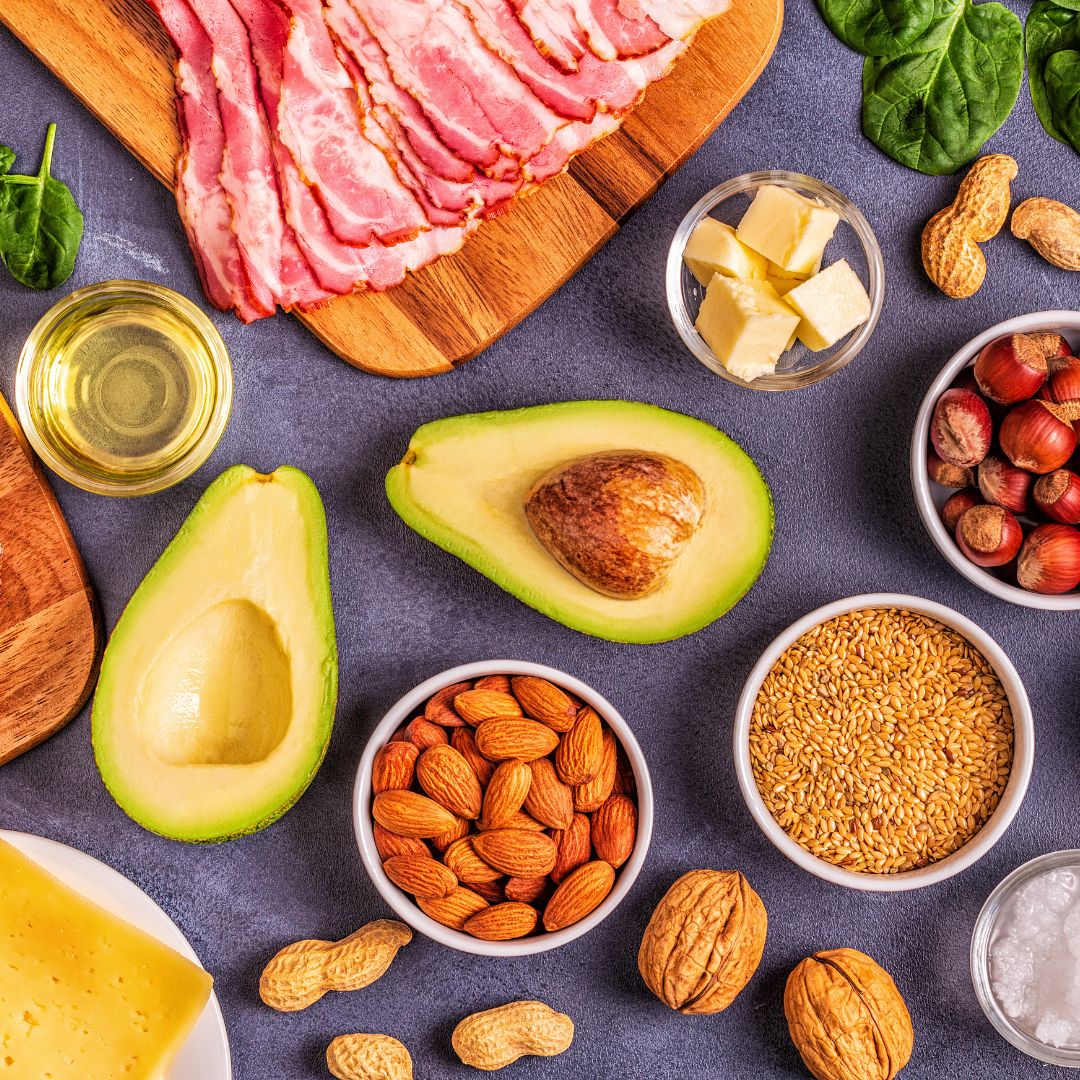
However, there are plenty of options that can help you stay refreshed while sticking to your goals. Here are some beverages that fit perfectly into your keto lifestyle:
- Water: Always a great choice, whether still or sparkling. Add lemon or cucumber for a hint of flavor.
- Herbal Teas: These come in various flavors, are generally carb-free, and can be enjoyed hot or iced.
- Coffee: Black coffee is keto-friendly. You can also add heavy cream or coconut oil for extra richness.
- Keto Friendly Cocktails: Think gin and soda, vodka with diet tonic, or whiskey neat. Just watch the mixers!
Frequently Asked Questions
Can I Eat Fruits on a Keto Diet?
Yes, you can eat fruits on a keto diet! Focus on low carb fruits like berries and avocados. These keto fruit options fit well into your meal plan without exceeding your carb limits. Enjoy them!
Are There Any Keto-Friendly Desserts?
Did you know that 30% of people on keto crave sweets? You can satisfy your cravings with keto dessert recipes using low carb sweeteners like erythritol or stevia, creating delicious treats without compromising your diet.
How Do I Track My Carb Intake?
To track your carb intake effectively, consider using an app for macro tracking. It simplifies carb counting, helping you monitor daily limits while providing insights into your overall dietary habits. Staying consistent makes a difference!
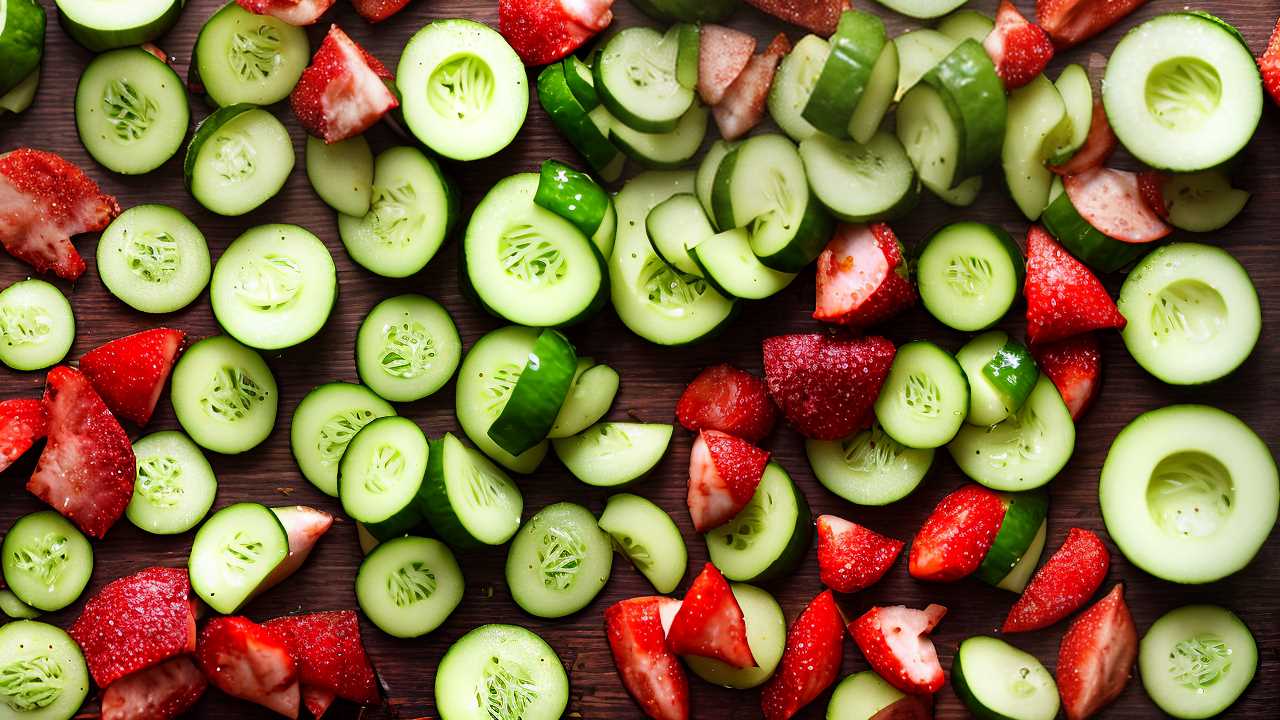
What Are the Signs of Ketosis?
When you're in ketosis, you might notice symptoms like increased energy, reduced appetite, and mental clarity. These ketosis benefits can signal that your body's effectively burning fat for fuel, enhancing overall wellness and vitality.
Can I Drink Alcohol While on Keto?
Yes, you can drink alcohol while on keto, but choose wisely. Opt for keto alcohol options like spirits or low carb cocktails. Just remember, moderation's key to stay in ketosis and enjoy your social life.
Conclusion
Incorporating completely keto-friendly foods into your diet can help you maintain ketosis and support your health goals. Did you know that studies show about 60% of people on a ketogenic diet experience significant weight loss within the first three months? By focusing on low-carb vegetables, high-fat dairy, quality proteins, and healthy fats, you can enjoy a satisfying variety of foods while reaping the benefits of this popular dietary approach. Embrace these options to enhance your keto journey!
 CheeseButtaBearson LiftsBody ExpressionsTotally MuttsPrivacy PolicyTerms And Conditions
CheeseButtaBearson LiftsBody ExpressionsTotally MuttsPrivacy PolicyTerms And Conditions
